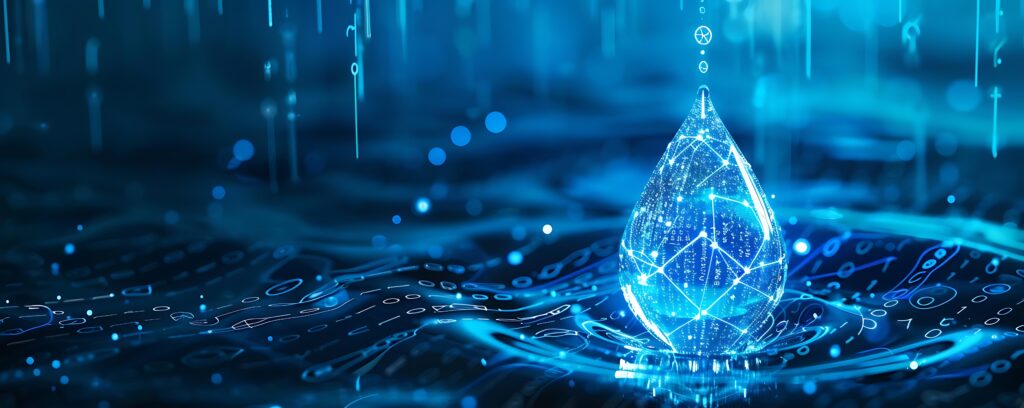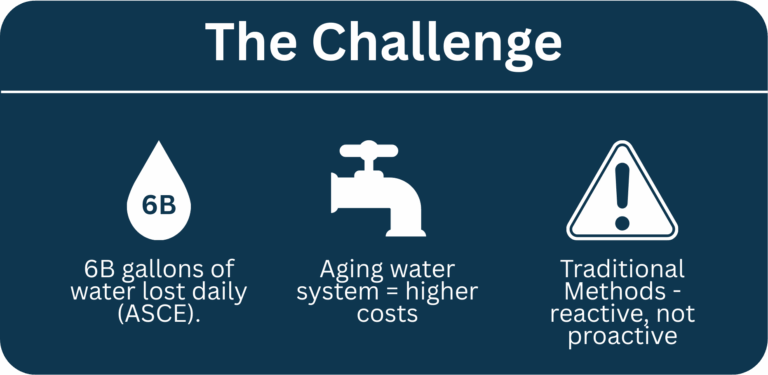-
0 Comments

As the world grapples with population growth, climate change, and the wear and tear of aging water systems, managing water infrastructure has become increasingly complex. These issues pose significant challenges for municipalities and utilities, often leading to inefficiencies, increased costs, and operational delays.
Traditional planning methods, which typically rely on historical data and reactive maintenance, struggle to keep up with these demands. This results in higher repair costs, resource mismanagement, and often unpredictable system failures.
Fortunately, there is a solution: Digital Twins.
A digital twin is a dynamic, real-time virtual model of a physical asset—such as a water system—used to simulate, monitor, and optimize operations. By leveraging this cutting-edge technology, utilities can make more informed decisions, reduce waste, and improve efficiency.
The True Cost of Water Waste

The current state of water infrastructure in the United States is a cause for concern. According to the American Society of Civil Engineers (ASCE), approximately 6 billion gallons of treated water are lost every day due to inefficiencies such as leaks and system failures. This loss has not only environmental consequences but also significant financial impacts.
Key challenges facing water infrastructure include:
Unpredictable System Failures
Lead to costly repairs and downtime.
Leaks
Remain undetected for long periods, resulting in substantial water waste.
Resource Mismanagement
Water is often used inefficiently, driving up costs.
Traditional methods often fail to address these challenges in a proactive manner, leading to reactive maintenance and escalating costs.
How Digital Twins Improve Water Management

Monitor system performance in real time.
Predict failures before they occur, allowing for preventative maintenance.
Optimize water distribution and improve system performance.
Why Digital Twins Are a Game-Changer:
- Predictive Maintenance: With real-time data from digital twins, utilities can predict and prevent failures, reducing unplanned downtime and repair costs.
- Real-Time Monitoring: Continuous monitoring enables utilities to track water usage, system pressure, and other critical parameters at any given moment.
- Increased Efficiency: By optimizing water flow and pinpointing inefficiencies, digital twins help reduce waste and improve the overall operation of water systems.
Who Benefits from Digital Twins?
Municipalities & Utilities
By reducing maintenance costs and improving forecasting, digital twins can help municipalities optimize water usage and increase sustainability.
Industrial Facilities
Digital twins enable efficient water use, ensuring compliance with regulations and reducing operational costs.
Agriculture
Smart irrigation systems powered by digital twins can enhance water conservation efforts, reducing waste and maximizing crop yields.
Ready to Take Control of Your Water Usage?
Contact Phoenix Water Solutions today to schedule a customized water audit and discover how digital twin technology can help you save water, reduce costs, and improve efficiency.
